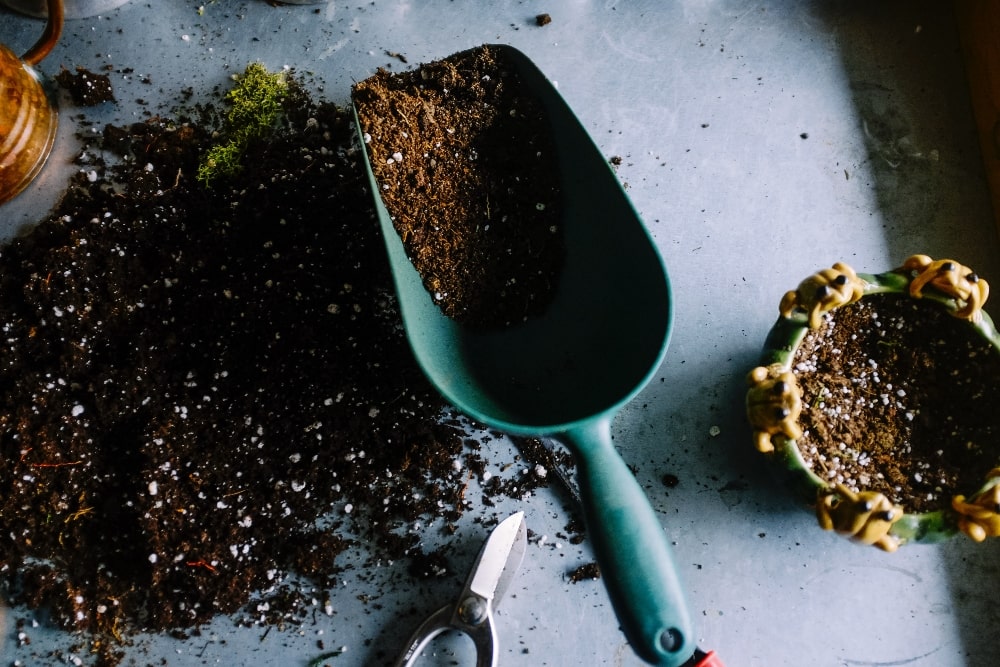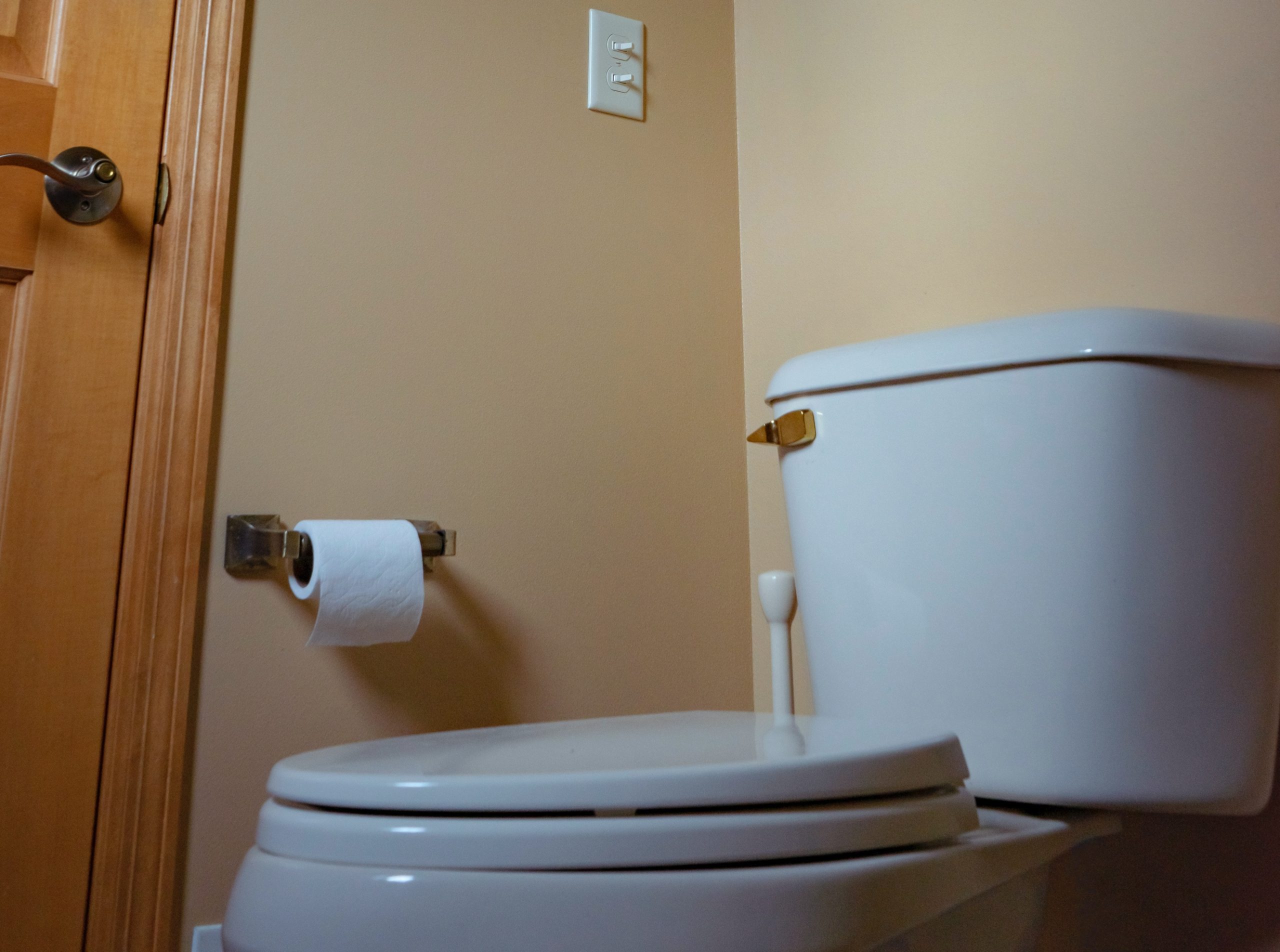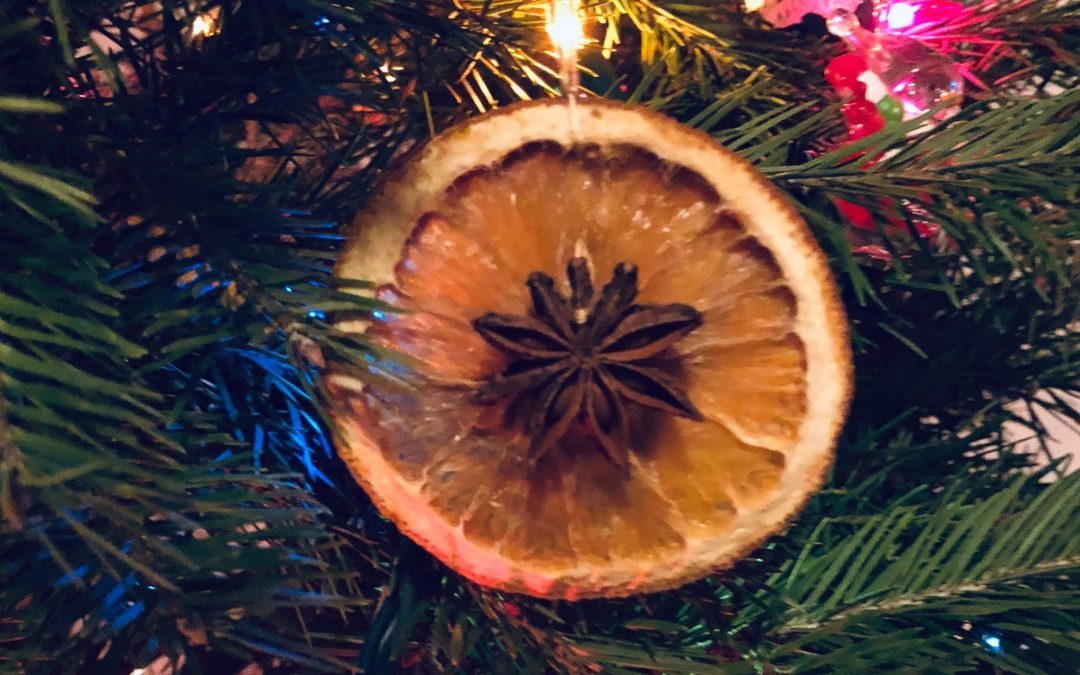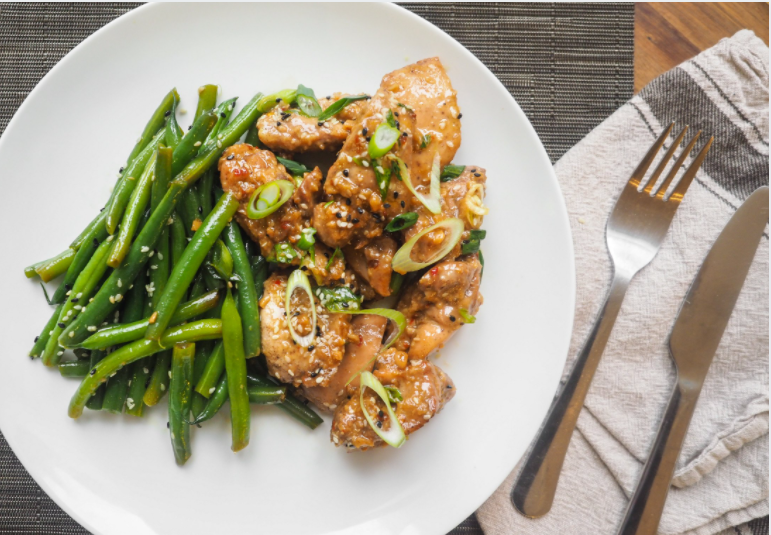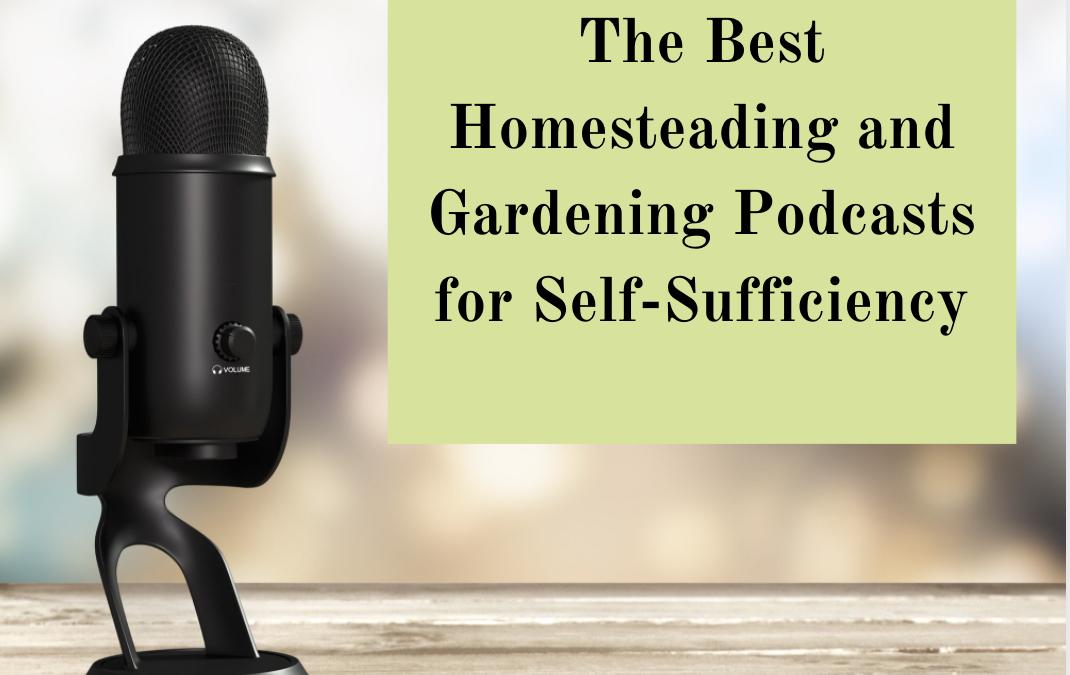
The Best Homesteading and Gardening Podcasts for Self-Sufficiency
One of the first steps to starting a homestead is conducting a LOT of research. When we really started entertaining the idea of becoming more self-sufficient, I read many articles, watched lots of videos, and listened to many podcasts. What I love about homesteading podcasts are that they are typically FREE and that I can utilize dead time, like doing dishes, folding laundry or commuting, by listening to them. Podcasts allow me to mutiltask and that is super important.
One of the major challenges in homesteading is just having the confidence to take on such a large, lifestyle-changing project. What I love about homesteading podcasts is that you can really get a sense for the challenges and successes of those who have been doing it for a long time. Many of the podcasts that I listen to primarily focus on the host’s challenges and successes of their homestead. Some also showcase guests who can further provide insight into the reality of homesteading. This insight is so valuable as it provides the listener with confidence and encouragement that they can also achieve such a goal.
This list is comprised of the best Homesteading and Gardening podcasts that I have found. I have listened to several episodes of each one of them and have chosen the best ones in my opinion to share with you!
Here is a list of Homesteading/Gardening podcasts that could really help you out as you start on your homesteading journey.

Homesteading Podcasts
Pioneering Today Podcast with Melissa K. Norris
The Pioneering Today Podcast with Melissa K. Norris was also one that I started listening to a while ago when I really started to plan and research starting a homestead. I love how she covers a variety of topics with her episodes. I feel as though I come away from each one with many actionable tips and tricks.
One of my favorite aspects of the Pioneering Today Podcast is the amount of episodes dedicated to homestead kitchen topics. From baking ingredient substitutions, to meal planning, to how to build your homestead pantry, a behind the scenes look into a homesteader’s kitchen is not a perspective that I have found in any other podcast. I also love how you really get the sense of the pride and honor Melissa has in sharing her family’s recipes and traditions.
Here are some of my favorite episodes:
Episode 155: Batch & Freezer Cooking – 12 Time Saving Tips for Homemade Meals
Episode 131: Homesteading for Beginners – 9 Transition Tips from City Life
Episode 119: How to make soap at home – Beginners Guide to Soap Making
Old-Fashioned On Purpose
I have been a fan and follower of Jill Winger ever since I got the first urge to start a garden. So when she started a podcast, I was all about it! As with all of her content, her podcast, Old-Fashioned On Purpose, is well done, informative, relatable, and inspiring.
She really has a way of making all of the things homesteading and self-sufficiency seem attainable and doable regardless of who you are! So much good content, she really is your one-stop shop for homesteading and gardening. One of my favorite aspects is learning how she weathers the harsh winters of Wyoming and how she makes the most of her garden regardless of her short growing season.

Dreaming of Having a Vegetable Garden this year?
Grab the Your Dream Vegetable Garden Plan for FREE to get you started today! Start growing your groceries this year!
Rural Women Inspired with Mindy Young
One of the things that I love about homesteaders producing their own podcasts is that after listening to them for a while, you really get a feeling that you are along for the ride with them on their homesteading journey. That is how I feel when I listen to Rural Women Inspired with Mindy Young. She is an impressive homesteader. When she talks about her market garden, I swoon! Who wouldn’t love a market garden?
She has been doing the homesteading thing her whole life and she offers some really awesome tips and insights for inspiring homesteaders. She just seems so sweet and friendly! I also love real stories that she tells because it is always great to hear how even seasoned homesteaders struggle with aspects of the lifestyle and it really helps me relax and slow down a little! The topics covered are great for beginners, they are not so advanced that they do not seem attainable and doable which I think is so important for podcasters and bloggers who are targeting new homesteaders. Homesteading can be intimidating!
Farmish Kind Of Life with Amy Dingman
Amy Dingman is the host of the Farmish Kind of Life Podcast. Amy podcasts about her Minnetosa homestead and gives the listeners an honest and transparent view of homesteading. This candid look into an established homestead is so helpful for any new homesteader. What I really like is that while her episodes are concise, usually less than 30 minutes, she manages to pack a lot of information into each episode without too much filer. After listening to her for a while, I really value her advice. She finds a nice balance between illustrating the tough reality of homesteading while also maintaining a funny and encouraging tone. Some unique topics she has covered in the past include; weather prediction tips, rendering lard, and hatching chicks.
Episode 47: Old Fashioned Weather Prediction Tips

Dreaming of Having a Vegetable Garden this year?
Grab the Your Dream Vegetable Garden Plan for FREE to get you started today! Start growing your groceries this year!
Mother Earth News and Friends Podcast
Professional production quality and engaging hosts and guests are only some of the strengths of the Mother Earth News and Friends Podcast. This is a really awesome podcast. I love how they tend to find unique homesteading, gardening, and small farm topics that are not commonly covered by other podcasts. One of my favorite episodes is focused on grant opportunity for small farms and homesteads. I am willing to bet that there are SO many people who have never even considered this option.
I also love how they really create the feel of a homesteading community, one in which is not just open to experts, but welcomes anyone interested in learning more about self-sufficiency!
Small Farm Nation with Tim Young
While the Small Farm Nation Podcast with Tim Young primarily focuses on the business aspects of managing a small farm, Tim provides so much valuable information that serious homesteaders will find useful and exciting. Even though I do not have a farm business nor do I ever really plan to have one, I find his tips on marketing your farm, leasing your land, and product pricing so interesting that it makes me want to start a farm business! I highly recommend listening to his podcast if you even have the inkling of wanting to sell your homestead products. Not only is the podcast super informative, I haven’t found one that gets so deep in the weeds about farm business, but it is also very professionally done and easy to listen to. Highly recommend!
Gardening Podcasts
Epic Gardening
The Epic Gardening Podcast with Kevin has quickly become one of my favorites. The Epic Gardening podcast consists of a pretty large library of awesome short episodes on very focused topics. These are usually on topics that I didn’t know that I needed or wanted to know more about.
Kevin drops a new episode everyday, listening to the newest episode has become a daily ritual for me. Some examples of topics are: the science of poison ivy, seed starting tips, perennial edibles, grafting and how to grow plants in the bathroom, just to name a few. As a guest based podcast, the guests are always knowledgeable. I am enjoying catching up on past episodes. Check it out!
The Daily Gardener with Jennifer Ebeling
If you are looking for something that blends history and intellect with your love of nature and gardening, you cannot miss The Daily Gardener with Jennifer Ebeling. This podcast is showcases daily episodes releasing every week day, Monday – Friday. Jennifer offers gardening thoughts and breveties that are sure to help educate and inspire her listeners. I am also in love with the historical and modern looks at how gardening has evolved and shapes our lives. It really is such a unique focus of this podcast. If you are a garden lover you can’t miss this one!
While you are getting hooked on The Daily Gardner Podcast, don’t miss out on Jennifer’s previous podcast: The Still Growing Podcast. Even though this podcast is not still in production, there is still a huge library of episodes with really valuable information available.
The Still Growing Podcast fouses on helping listeners to make the most out of their gardens, as well as, to live a more natural life. This show covers flower, vegetable, and herb gardening in great detail. It is a very organized and well produced show. Most episodes showcase an interview with an expert guest on a particular topic.
Gardenerd Tip of the Week
The Gardenerd Tip of the Week podcast is another well done podcast that covers a wide variety of gardening topics. This podcast showcases a different garden expert each week. They generally discuss a topic and then the expert gives the audience a gardening tip of the week. The upbeat and lively conversations between the host and her guests are always very indepth and useful. Some of my favorite topics covered in this podcast are cooking from the garden, foraging, and growing squash.

Dreaming of Having a Vegetable Garden this year?
Grab the Your Dream Vegetable Garden Plan for FREE to get you started today! Start growing your groceries this year!
Tending Seeds: Adventures in Farming, Gardening, and Herbalism
Tending Seeds is a podcast that I have been listening to and really love. Her main focus is herbalism but she also talks about other topics like flower gardening. I think it is awesome to start listening to a podcast at its very beginning. I definitely feel like I am along for the ride with her. Her episodes are really well done and fun to listen to. I recommend checking it out, it will be awesome to follow the progress of her gardening journey!
The Joe Gardner Show with Joe Lamp’l
The Joe Gardener Show with Joe Lamp’l is a very well done podcast. It is very focused on the ins and outs of vegetable gardening. There is not much straying from the primary topic which is really great because Joe goes into so much detail in his episodes that you can’t help but find real actionable tips and tricks in every one.
As the host of Fresh from the Garden on the DIY Network and Growing and Greener World on PBS, Joe has ample experience in broadcasting. He is so easy to listen to, sometimes I just tune in to listen for a few minutes and end up listening to a a whole show because his show is so immersive. He is the ultimate expert in organic gardening and you really can’t miss his show if you are looking for guidance in the garden.
Sustainable World Radio
Sustainable World Radio with Jill Cloutier is much more than just another gardening or homesteading podcast. This podcast focuses on the topics of ecology and permaculture. One aspect that I love about this podcast is that the topics often focus on environment projects from around the world. Jill does a great job spreading positive awareness on taking care of the earth through permaculture and provides the audience with some great ideas on how to live a greener life.
My favorite episode so far is a recent one focusing on growing Paw Paws. I am sad to say that I have never heard of Paw Paws before but after listening to this episode, it made me want to just run out and plant one in my garden. This is definitely a project that will be added to my list.

Dreaming of Having a Vegetable Garden this year?
Grab the Your Dream Vegetable Garden Plan for FREE to get you started today! Start growing your groceries this year!
Archived Podcasts not currently producing content but have an awesome library of episodes
Living Homegrown Podcast with Theresa Loe
The Living Homegrown Podcast with Theresa Lowe is the first homesteading podcast that I started routinely listening to. Theresa has an impressive background as a canning and food preservation expert and focuses her podcast on small space homesteading. She delivers her podcast with such a welcoming and supportive tone that I always finish her episodes with a much higher sense of confidence and drive to pursue new projects and challenges.
She also features a wide range of guests on the podcast. I have learned a lot about from other’s experiences. While she is not currently uploading podcasts and the last upload was in 2019, there is still a huge collection of super helpful episodes. Here are some of my favorite episodes:
Episode 142: Farming on 5 Acres or Less
The Modern Homesteading Podcast with Harold Thornbro is an all inclusive homesteading podcast which covers everything you need to help you start your homestead. He focuses of animal husbandry, food preservation, gardening, and other many other self-sufficient skills. His show is primarily guest based, featuring a wide range of homesteading experts. I also love hearing about his family’s journey on thier homestead. Most of his shows are right around a half hour, making it so easy to put on in the car while you are doing errands or driving to work. This is a must have in your weekly lineup if you are looking to really immerse yourself if the homesteading lifestyle. While the episodes are not currently being produced, two of my favorite episodes are:
Episode 99: What to Do First to Turn A New Home Into a Homestead
Homesteady Podcast
The Homesteady Podcast is such a unique and interesting homesteading podcast that I just had to include it! Even though new episodes are not being produced right now, I love catching up to all of thier older episodes. Often times podcasters, bloggers, and writers portray homesteading as a picture perfect endeavor. The host, Aust makes a point to show homesteading from all angles, the good and the ugly. Not to mention, his show is really funny and honest. While he sometimes gets off on tangents about a topic that especially excites him, it is always entertaining, refreshing, and authentic.
His series of episodes on homestead side hustles was extremely insightful and helpful. As a new homesteader, I found his realistic and honest approach to homesteading very encouraging; as it makes homesteading seem much more attainable when you remove the “magazine cover” feeling. Check it out!
What is your favorite homesteading or gardening podcast?
Are there any great podcasts that are missing from this list?

Dreaming of Having a Vegetable Garden this year?
Grab the Your Dream Vegetable Garden Plan for FREE to get you started today! Start growing your groceries this year!

Welcome to Wingin’ it on the Homestead! My name is Stephanie Leaf. I am a wife to a can-fix-anything husband, mother of two boys under 3, future expert gardener, lover of anything old and dusty, and inspiring homesteader. My family and I are new to this journey and loving every minute of it. Please join me in embracing a simpler life!

